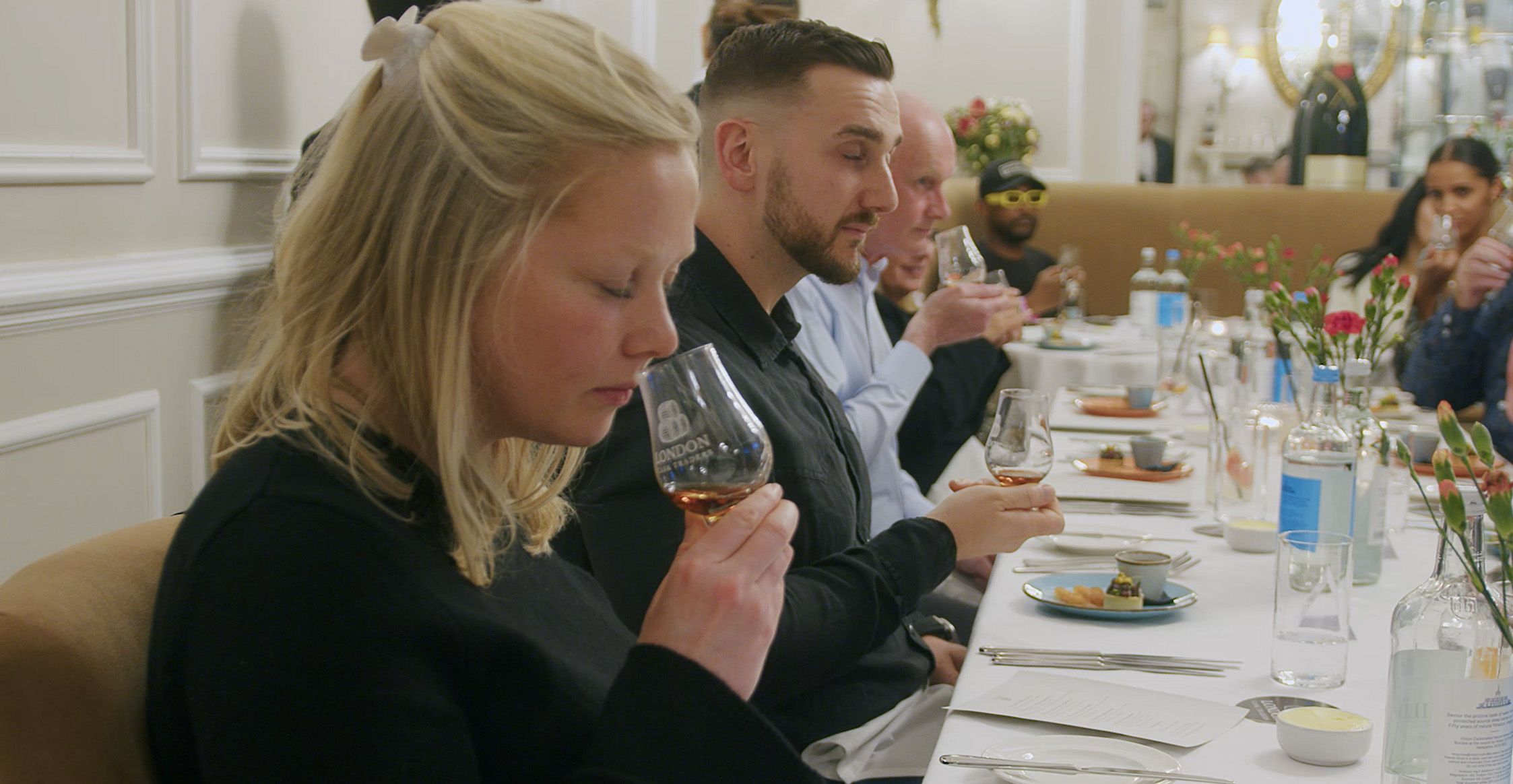
How to Drink Whisky - The Basics (Part 1 of 4 in Our Ultimate Guide Series)

Victoria O'Brien
Head of Content at London Cask Traders
How to Drink Whisky (Part 1): The Basics
Welcome to the first instalment of our four-part series 'How to Drink Whisky: The Ultimate Guide'. Whether you're a curious newcomer or established investor, this series is crafted to help you build confidence in understanding and enjoying whisky. Over the next few weeks, we'll guide you through everything from basic principles to expert tasting techniques, the science behind whisky and water, and even how to sample directly from the cask.
But first - let's start with The Basics.
What's the Best Way to Drink Whisky?
As any true Scotsman will tell you, there's no 'right' or 'wrong' way to sample the finest single malts - only what works for you. However, there are tried and tested methods that can enhance your appreciation of whisky's depth and complexity.
Classic Serving Styles:
- Neat: Pure whisky, no ice or water - this is the preferred way to sample whisky traditionally, ideal for appreciating aroma and flavour.
- With Water: A few drops can open up hidden notes - more on this in Part 3
- On the Rocks: Served with ice, less for sampling more for savouring
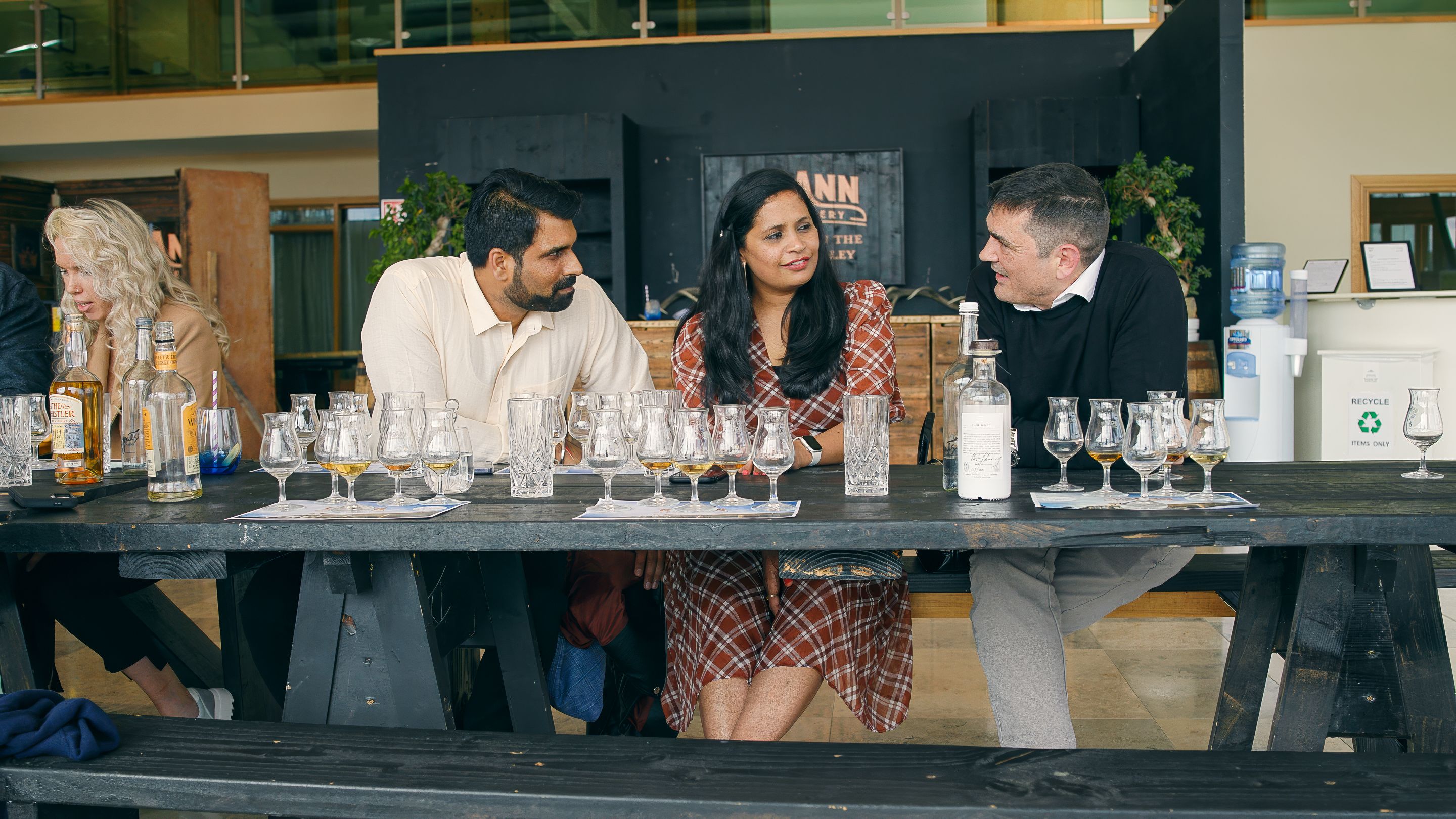
Choosing the Right Glass
Your choice of glass significantly affects the whisky tasting experience:
- Glencairn Glass: The go-to for serious tastings. Its tulip shape concentrates aromas towards your mouth or nose, and its sturdy base is ideal for swirling
- Copita Glass: a sherry tasting glass that's also tulip-shaped, and ideal for sampling whisky
- Tumbler/Old Fashioned Glass: Great for casual sipping and cocktail, but not ideal for nosing; whisky buffs still love a heavy bottom tumbler for swirling in the hand
TIP: Avoid heavily patterned cut-glass when tasting whisky - it can obscure texture and colour visibility.
What's the Perfect Measure - How Much is a Dram?
If you are sampling several whiskies you'll want to pace yourself - in Scotland they'll often refer to a 'wee dram' though the term is loosely defined. Here's a guide to basic tasting measures:
- Standard tasting measure: 25-30 ml (equivalent to a 'dram' in the UK; in Ireland a 'dram' is often closer to 35 ml)
- 'Finger' measure: a rough visual reference - around 30-45 ml (width not height of finger)
- Professional tastings: sometimes as little as 15 ml per sample to preserve your palate
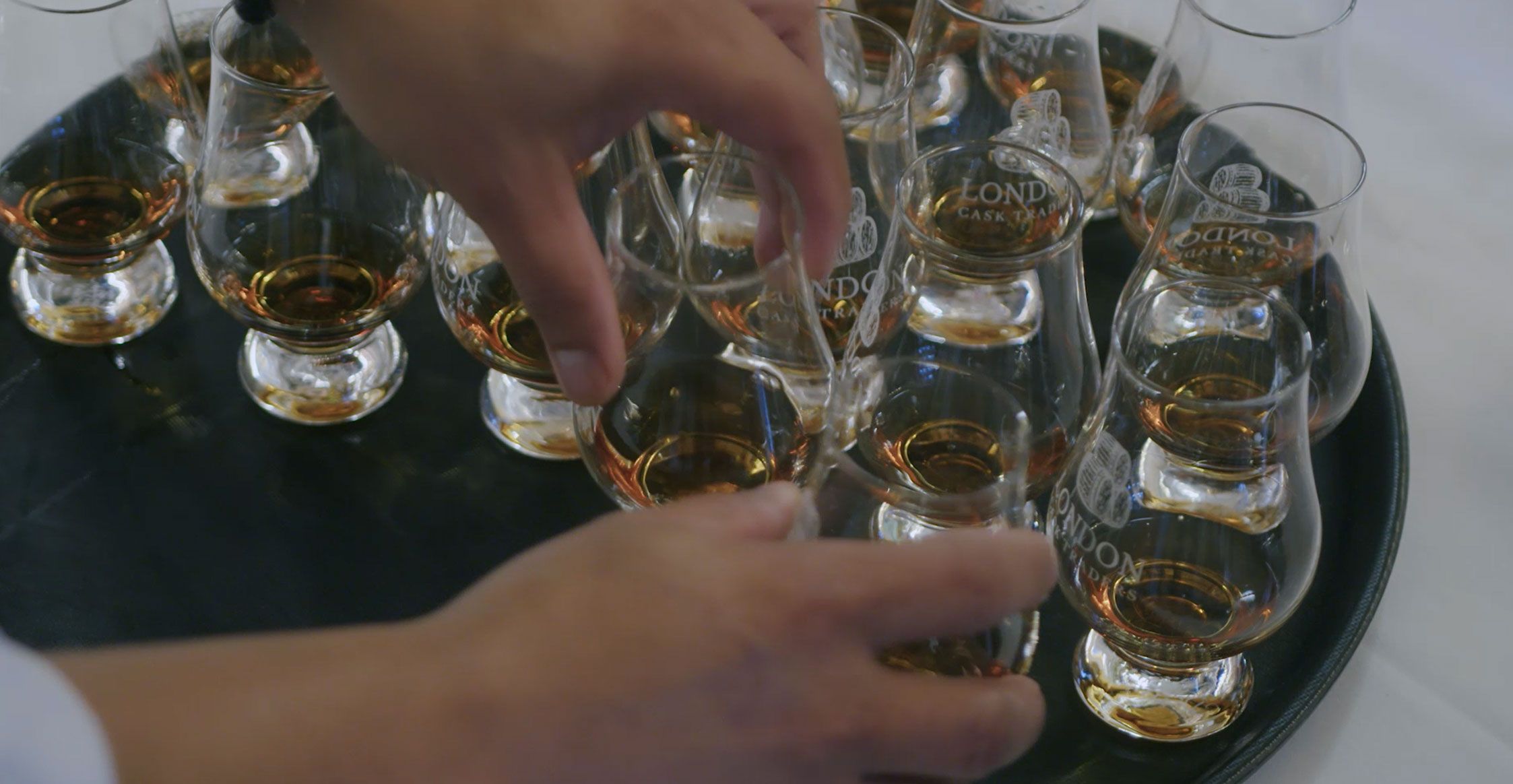
Pouring and Tasting Whisky
- Let it Breathe: After pouring whisky from the bottle, give it 1-2 minutes in the glass before tasting. This allows oxygen to soften the spirit and enhance complexity.
- Swirl it Gently: This helps release aroma compounds and shows the whisky's texture (or 'legs', which can also indicate alcohol content or age).
- Sip it: whisky isn't meant to be tasted by the mouthful, by allowing the liquid to land gently on the tip of your tongue it spreads slowly, so you can discern the various flavours and overall 'mouthfeel'.
You can learn more about identifying whisky flavour profiles in Part 2, Tasting Notes: The Whisky Flavour Journey
How to Store Whisky
- Unlike wine, bottles of whisky should always be stored upright, away from direct sunlight and severe temperature fluctuations. Too cold and the whisky can become cloudy.
- Unlike wine, whisky does not mature or change its flavour in the bottle over time - technically, whisky in bottles doesn't have a sell by date and never goes off or expires.
- Once opened, aim to finish a bottle of whisky within 6-12 months - although it can last for years, and whisky is generally inert once bottled, oxidation in a half-empty vessel can dull flavours over time.
- Decanting half-finished whisky into smaller bottles with less surface air contact, can prolong its vibrancy.
- If your bottled whisky has a cork, keep it moist by gently tipping it horizontally once a month, allowing the whisky to dampen it.
Water and Pipettes: Just a Drop?
Adding water to whisky isn't sacrilege - it's science. But it's also subjective ... some whisky professionals actively encourage tasting whisky with a small amount of water added, with sound scientific reasoning behind this.
- A few drops of water can 'open up' flavours, making bold or high-proof whiskies more approachable, especially for beginners.
- Using a glass pipette (similar to what you might find in an old school science lab), has become increasingly widespread for tastings, to precisely control the amount of water added.
- Start small - add 1 or 2 drops at a time - and taste after each addition. A little water can go a long way with whisky.
We'll explore this in more depth in Part 3, 'Whisky and Water: Here Comes the Science Bit'.
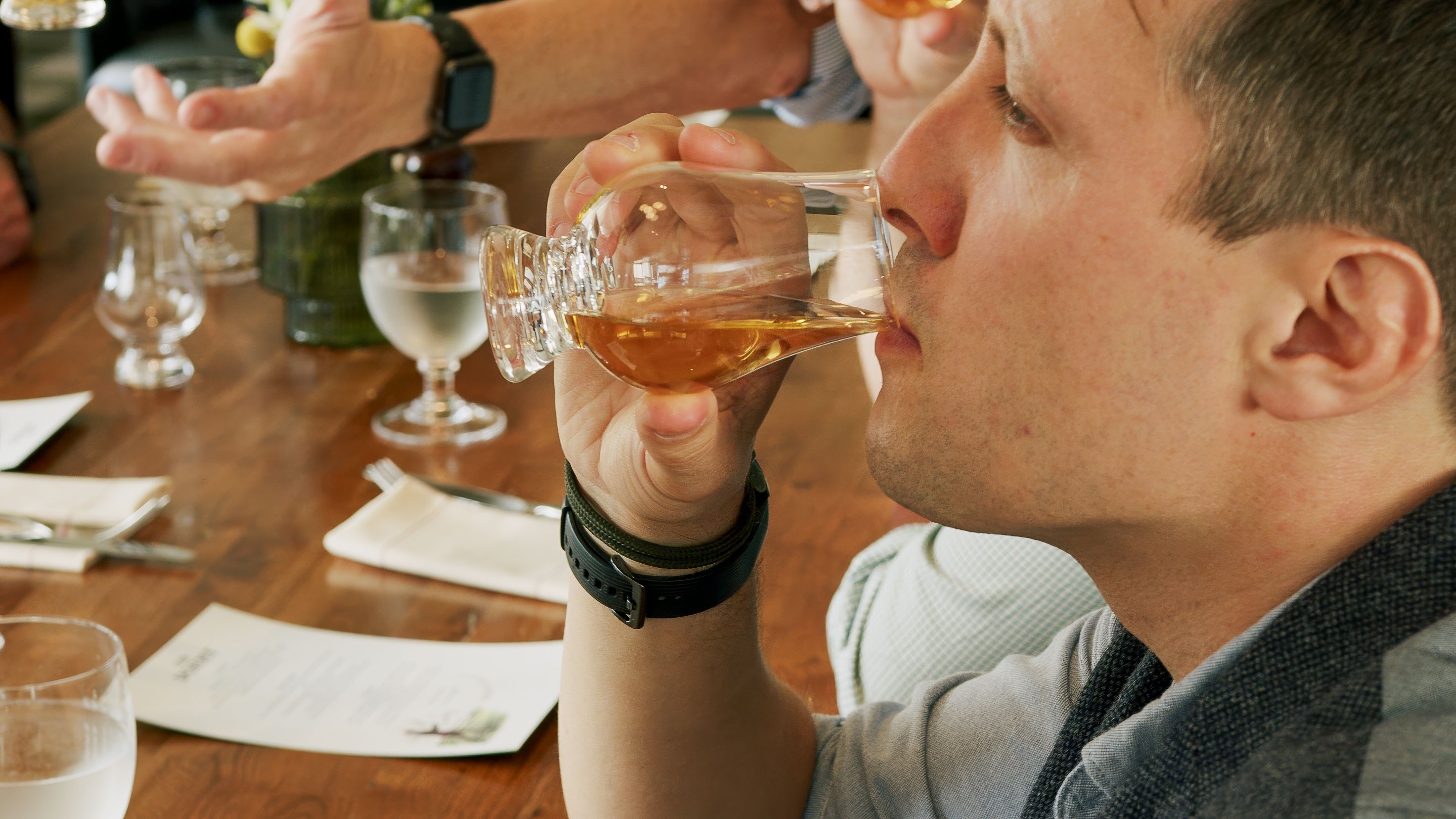
Whisky: The Basics - Information Checklist
Before diving deeper into the world of whisky tasting in our next instalment in the series, here's a quick re-cap of what we've learnt so far:
- Choose the right glass (Glencairn for tasting)
- Pour around a finger width (25 - 30 ml) per serving
- Let whisky rest 1-2 minutes before sipping
- Swirl gently to release aromas
- Smell with the mouth open, nose just above the rim
- Taste slowly - let it sit on the tongue before swallowing
- Store bottles upright in cool, dark places
- Add water cautiously with a pipette (optional)
- Explore different styles: neat, with water, on the rocks
Coming Next Week: Tasting Notes - The Whisky Flavour Journey
Now you know how to serve and sip your whisky like a professional, it's time to appreciate whisky like one too. In Part 2 of our series, we'll explore tasting notes in detail - how to identify flavours, aromas, textures and what terms like 'peaty', 'floral' and 'mouthfeel' actually mean. You'll also learn the order in which to taste different whiskies, and how to develop your personal flavour profile.
Until then - pour yourself a dram, experiment with your glassware and get ready to expand your whisky knowledge to a whole new level.
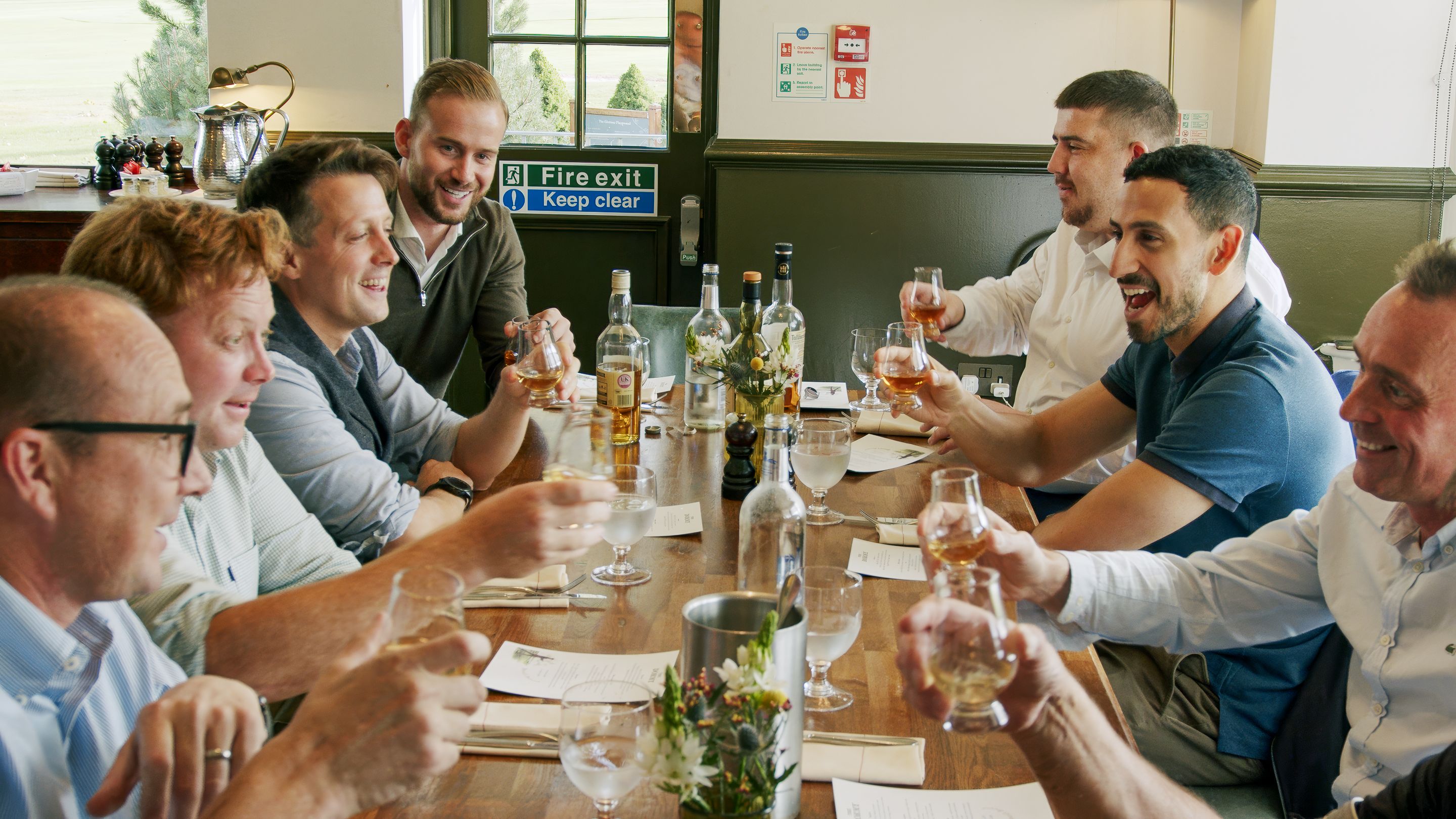
Whisky is our world. Join us and discover how to transform taste into profits.
At London Cask Traders, we don't just help you invest in whisky – we open the door to discovery. From rooftop tastings at our London Waterloo HQ to monthly sampling sessions and private distillery tours, you'll gain access to a deeper level of appreciation and insight.
Whether you're collecting, sipping or starting your portfolio, our expert team will guide you through every dram with care, clarity and confidence.

Victoria O'Brien
Head of Content at London Cask Traders
